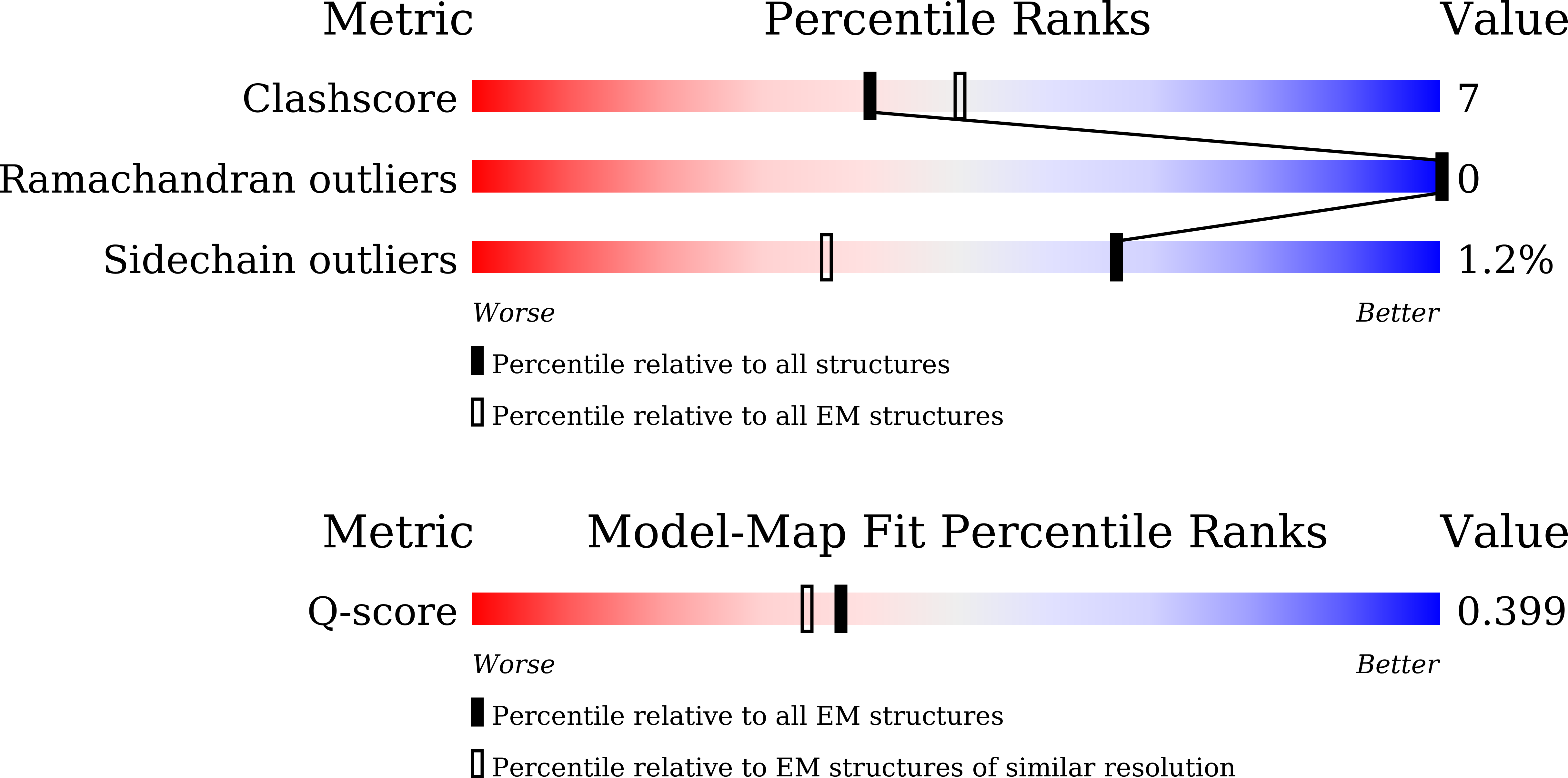
Deposition Date
2025-06-22
Release Date
2025-11-05
Last Version Date
2025-11-05
Entry Detail
PDB ID:
9VK1
Keywords:
Title:
Structure of plant diacylglycerol O-acyltransferase 1
Biological Source:
Source Organism:
Arabidopsis thaliana (Taxon ID: 3702)
Host Organism:
Method Details:
Experimental Method:
Resolution:
3.54 Å
Aggregation State:
PARTICLE
Reconstruction Method:
SINGLE PARTICLE


